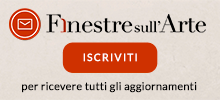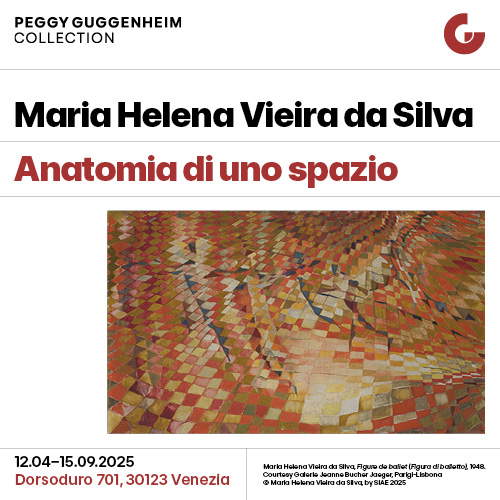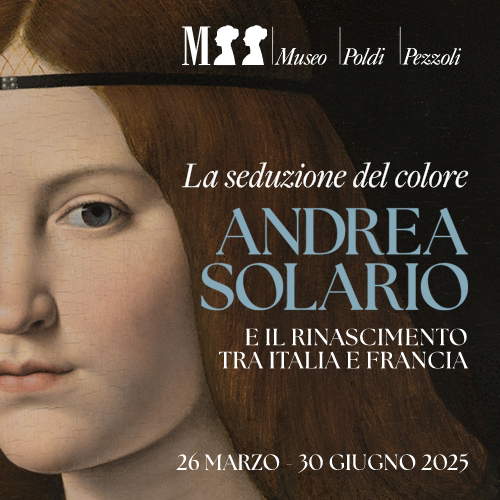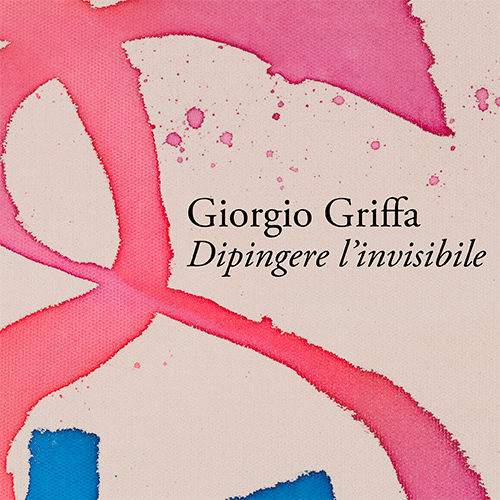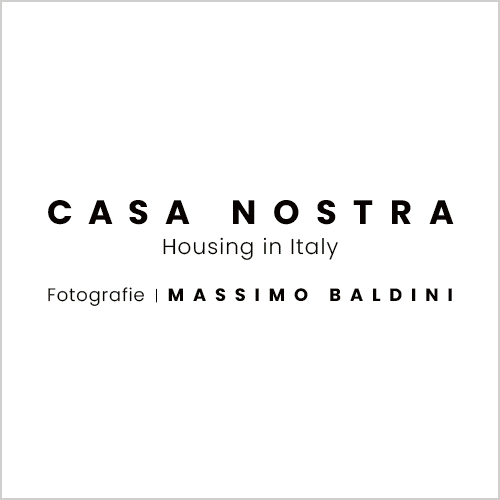In Sardinia, in Ulassai, in dialogue the imagery of Joan Mirò and Maria Lai
From April 12 to June 29, 2025, visitors to the CaMuC and the Ulassai Art Station will have the opportunity to immerse themselves in an encounter between two artistic figures who, although they come from different backgrounds, seem destined to dialogue. The exhibition Miró meets Maria Lai. The Fascination of Surprise is in fact configured as an opportunity to investigate the creative imagination of Joan Miró (Barcelona, 1893 - Palma de Mallorca, 1983) and Maria Lai (Ulassai, 1919 - Cardedu, 2013). Two artists whose unique sensibility transformed matter, colors and words into visual universes dense with meaning, symbolism and memory. The exhibition, curated by Lola Durán Úcar and Marco Peri, features more than 70 works, including graphics, paintings, books, tapestries and one-of-a-kind pieces from the Fundació de Arte Serra in Palma de Mallorca, and Maria Lai’s textile works, artist’s books and drawings, which she left as a gift to her community at the Ulassai Art Station. The setting of Ulassai, Maria Lai’s birthplace, appears as the ideal place to host such a confrontation between two worlds so distant but at the same time so close. Miró linked his life to the island of Majorca, a place that forged his art and that has always maintained a strong Mediterranean component in its expression. Maria Lai, on the other hand, has always maintained a deep connection with her native Sardinia, where she has found an endless source of inspiration.
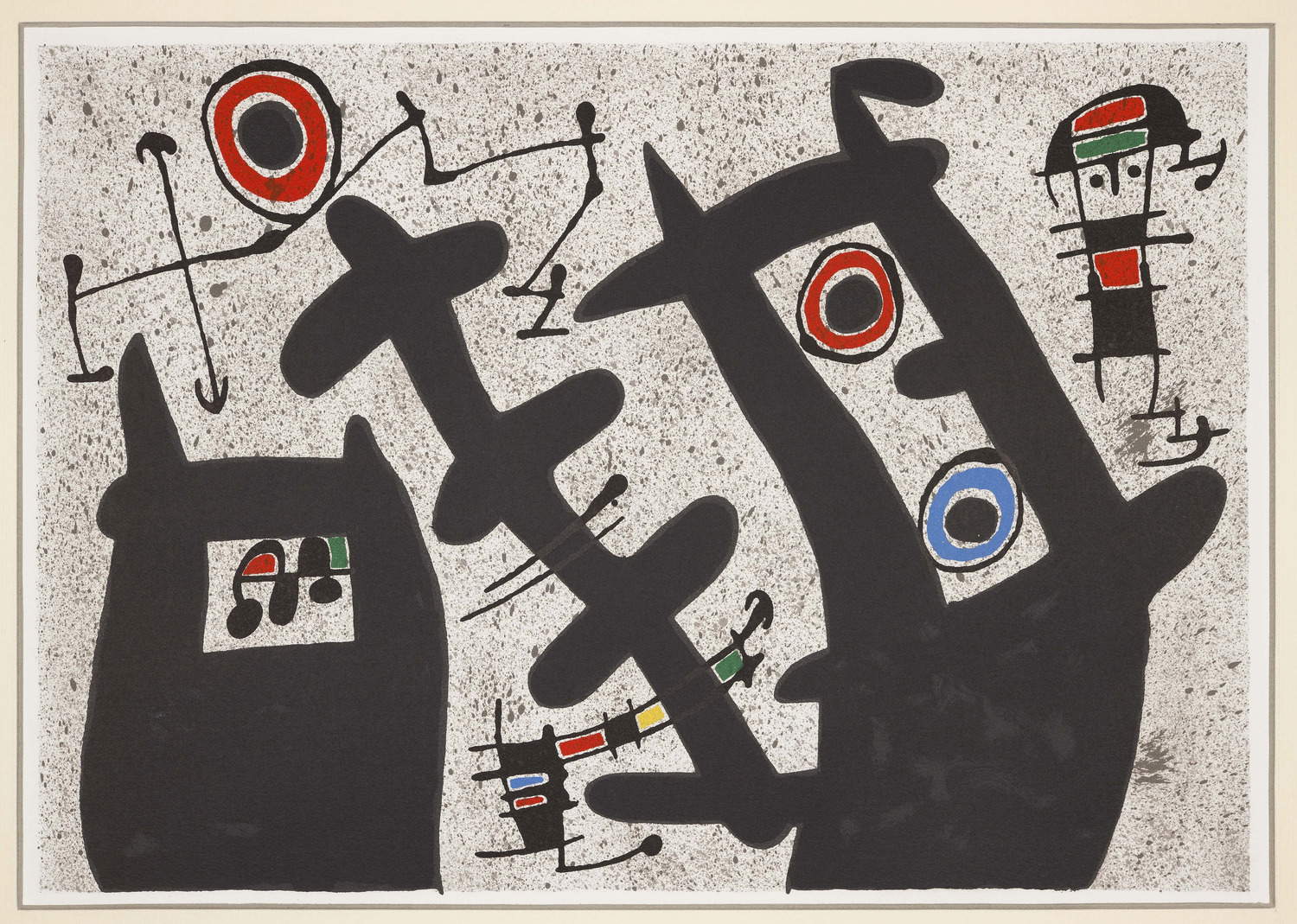
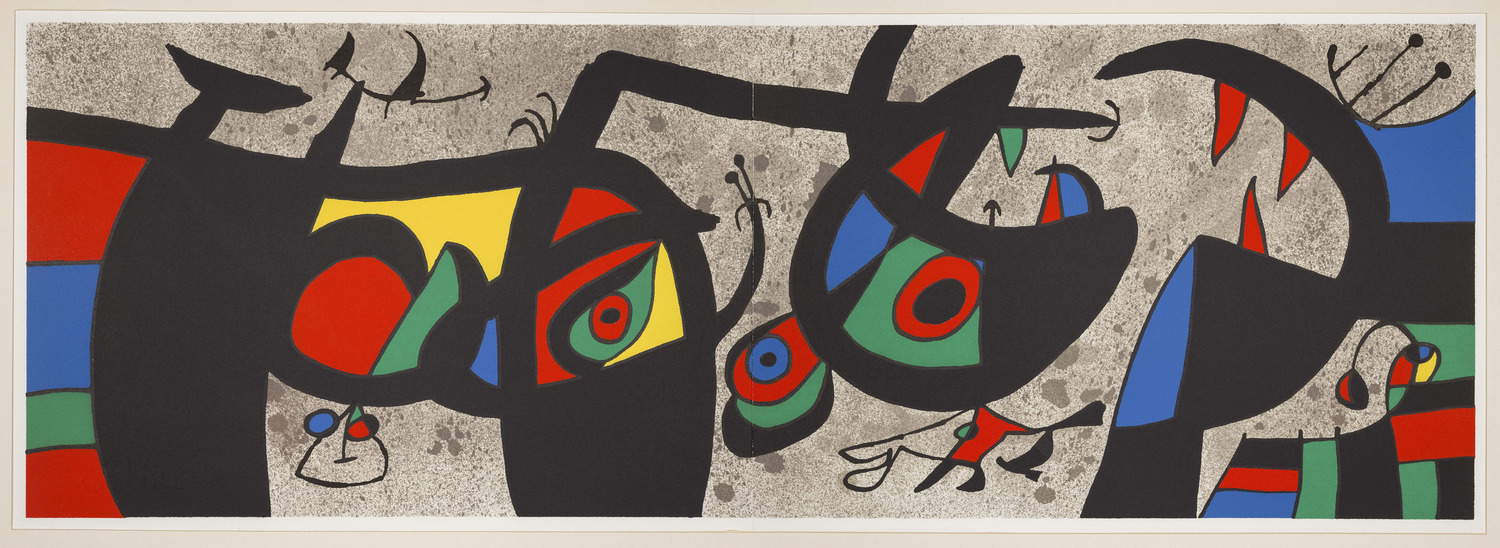
The exhibition is intended to be a reflection on cultural roots and identity, on how memory and places of origin influence creativity in profound and unexpected ways. Miró, who lived through the ferment of the artistic avant-garde in Paris, has always tried, through his art, to escape from rigid conventions, creating new realities through signs and symbols that challenge perception. Maria Lai, on the other hand, has created works that are often anchored in the tradition and collective memory of her homeland, but able to push beyond the boundaries of the everyday to tell universal stories of humanity. Mirò meets Maria Lai is intended to be a journey into the imaginary, poetry and memory, which through the power of the images of these two great masters invites us to reflect on how art is able to connect worlds that are seemingly separate, but united by the universal language of imagination. The exhibition is also an important opportunity for cultural and social growth for the territory, falling within the broader cultural regeneration project funded by the European Union through the NextGenerationEU program.
Maria Lai’s contribution to her community and to Sardinian art history is undeniable. Her poetic vision and ability to construct narrative universes through textile art are extraordinarily evident in the works on display. His art is, in fact, a synthesis of memories, stories and traditions that, through thread, sewed not only visual plots, but also affective and social ties. Poetry is one of the central elements in her artistic research: Maria Lai was deeply influenced by the poetry of authors such as Salvatore Cambosu and Federico García Lorca, and the poetic rhythm was reflected in her works as a key to access a profound and mysterious reality. Joan Miró, for his part, always considered poetry as a fundamental element of his creative process. As Miró himself stated, “I do not establish any difference between painting and poetry.” For him, the boundary between words and pictorial signs was blurred, almost imperceptible. Indeed, in his works, verbal language and painting intertwine, creating a world in which the two dimensions complement and enrich each other. The result is a visionary synthesis that fascinates and engages, allowing the viewer to enter a universe of signs and forms that transcend rational logic. The exhibition is promoted by the Municipality of Ulassai and produced by the Art Station Foundation, with organizational support from Arthemisia.
“The path wants to suggest invisible threads, expressive affinities and common interests between Joan Miró and Maria Lai,” says curator Marco Peri. “It will be the public’s gaze that will weave imaginative connections and discover conceptual resonances between the two. The first room of the exhibition presents a poetic manifesto of the two artists: two tapestries will be on display, bearing witness to worlds that observe and mirror each other. Fascinated by artisanal knowledge, Miró and Maria Lai transform drawing into textile artifacts, on the one hand, Miró’s disruptive force of color and poetic abstraction; on the other, Maria Lai’s essential, rigorous and geometric sign. Miró draws inspiration from dreams and improvisation, while Lai is rooted in the visions and stories of her homeland. Their art moves between affinities and divergences, in a surprising play of references and suggestions.”
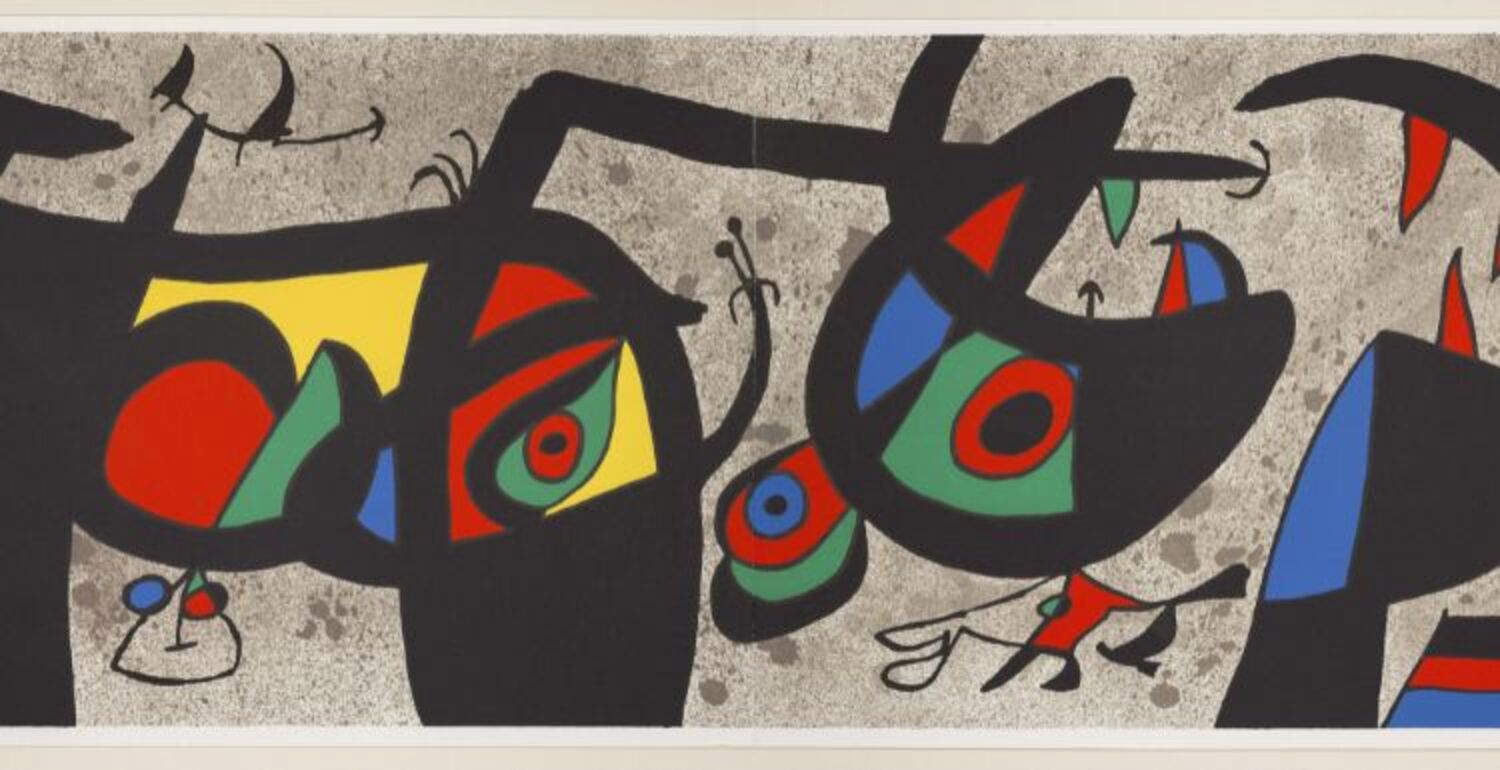 |
| In Sardinia, in Ulassai, in dialogue the imagery of Joan Mirò and Maria Lai |
Warning: the translation into English of the original Italian article was created using automatic tools. We undertake to review all articles, but we do not guarantee the total absence of inaccuracies in the translation due to the program. You can find the original by clicking on the ITA button. If you find any mistake,please contact us.
